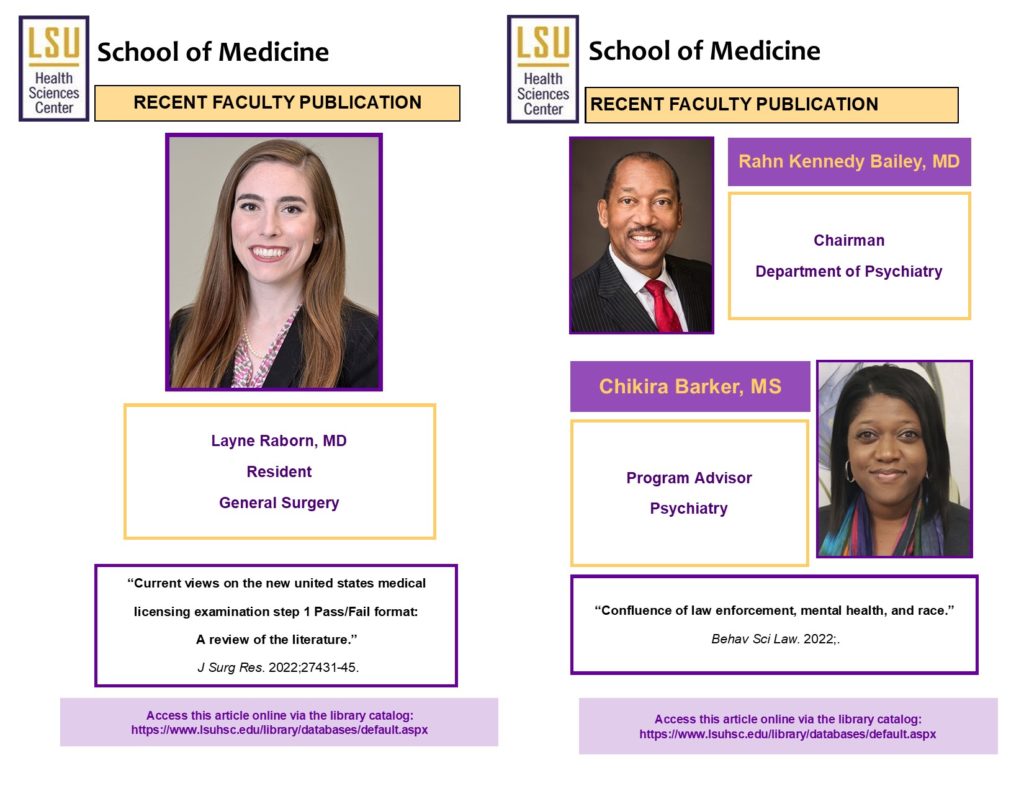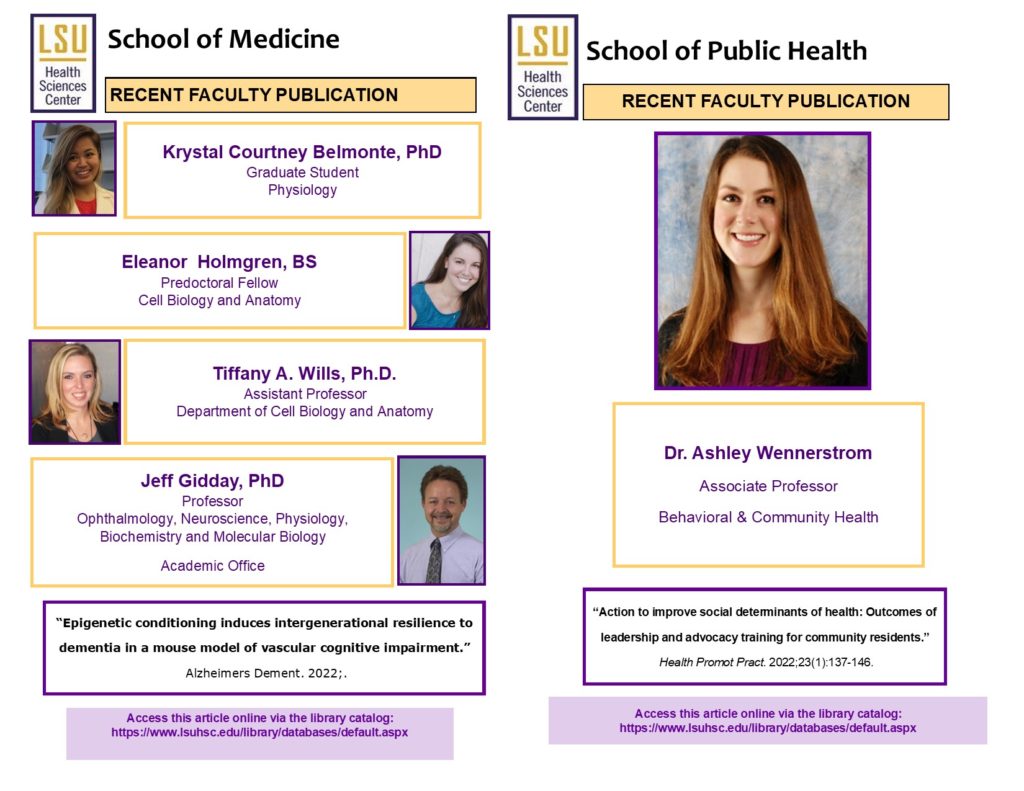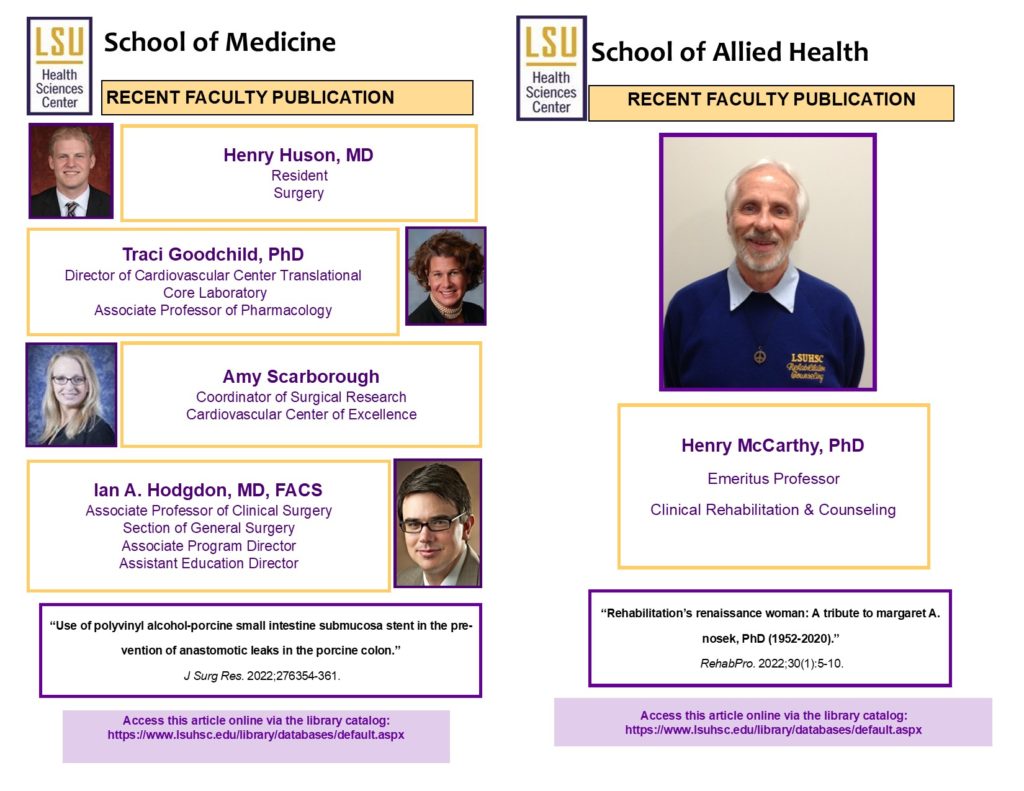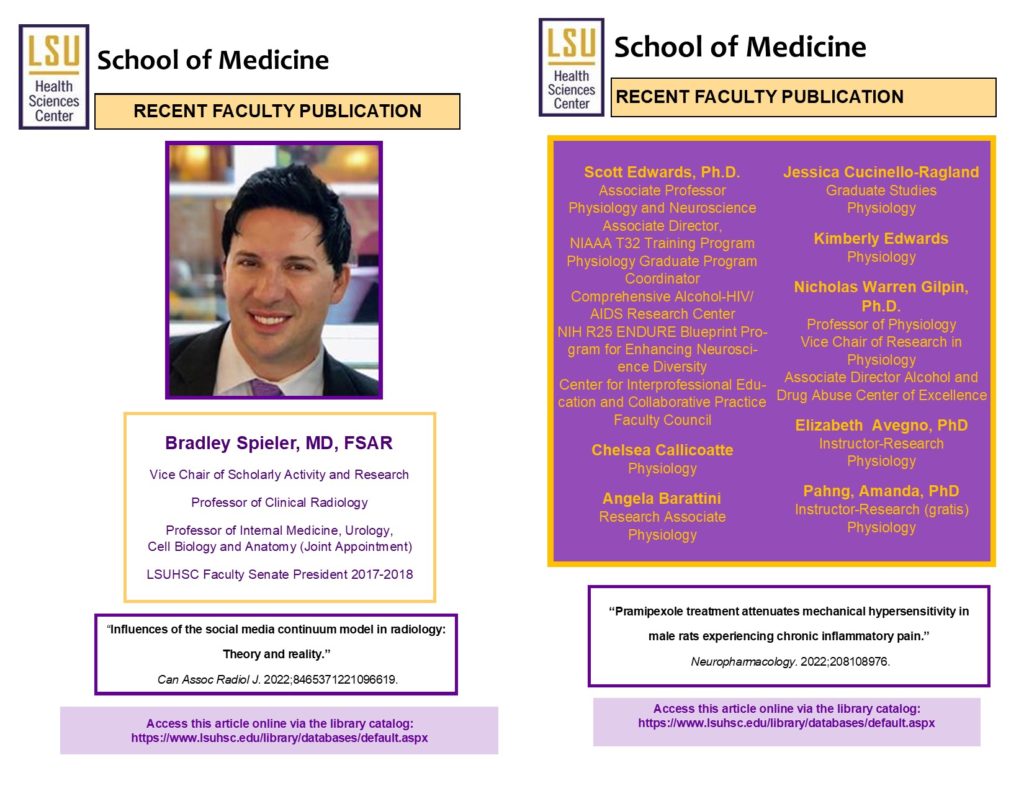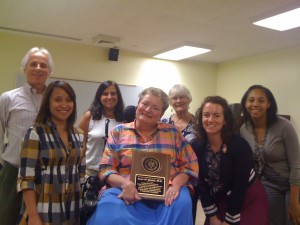Can pain relief be attributed to the use of static magnets? Is T’ai Chi an effective intervention for rehabilitating stroke victims? Can biofeedback (a therapy that uses specialized devices to help individuals learn how to influence the function of organs or body systems that aren?óÔé¼Ôäót usually thought to be under conscious control) control urinary incontinence?
Complementary Therapies in Rehabilitation: Holistic Approaches for Prevention and Wellness, edited by Carol M. Davis (EdD PT), attempts to addresses these questions and more. Rest assured, this is not some crunchy book on new age medicine. All chapters are written by licensed rehabilitation professionals, 12 of which hold PhDs in areas such as physical therapy, pathokinesiology, biochemistry, and neurophysiology, and backed up with references as well as a healthy dose of skepticism.
22 chapters are divided into 5 sections, beginning with an introductory manifesto on “energy techniques as a way of returning healing to healthcare.” Section two delves into the science that supports complementary therapies, such as quantum physics and psychoneuroimmulology. The final sections (body work, mind/body work and energy work, respectively) cover various approaches to rehabilitation, including Tai Chi, Myofascial Therapy, Yoga, and Rolfing.
In addition to very useful chapters and images on the use of T’ai Chi and Qi Gong in rehabilitation, what I like about this book is that the authors of the chapters offer a degree of skepticism when it comes to their subject, and hold no punches if the available research evidence is not up to snuff. As Neil Spielholz, author of the chapter “Magnets: what is the evidence of efficacy?” puts it, “Do not complain that you cannot get your work into the peer-reviewed literature when the reason is that the ‘research’ does not qualify as being credible.” References are provided at the end of each chapter, another trove of information for specific holistic approaches.
Overall, Complementary Therapies in Rehabilitation: Holistic Approaches for Prevention and Wellness is well-written and easy to read, either all at once or for a a specific technique. As written in the dedication, the book is for “all those people who are willing to hold an open mind and a positive attitude about the findings of ‘new science’…[and to] those helping to move science forward for the good of improved patient care.” For those interested in complementary approaches to patient care, and the theories behind it, this book is an excellent starting point.
BOOK INFO
Complementary Therapies in Rehabilitation: Holistic Approaches for Prevention and Wellness (3rd Edition: 2009)
Carol M. Davis, Editor
WB 320 D29c 2009
AVAILABLE FOR CHECK OUT — NEW BOOK SHELF — 3RD FLOOR OF LIBRARY

 myLSUHSC
myLSUHSC